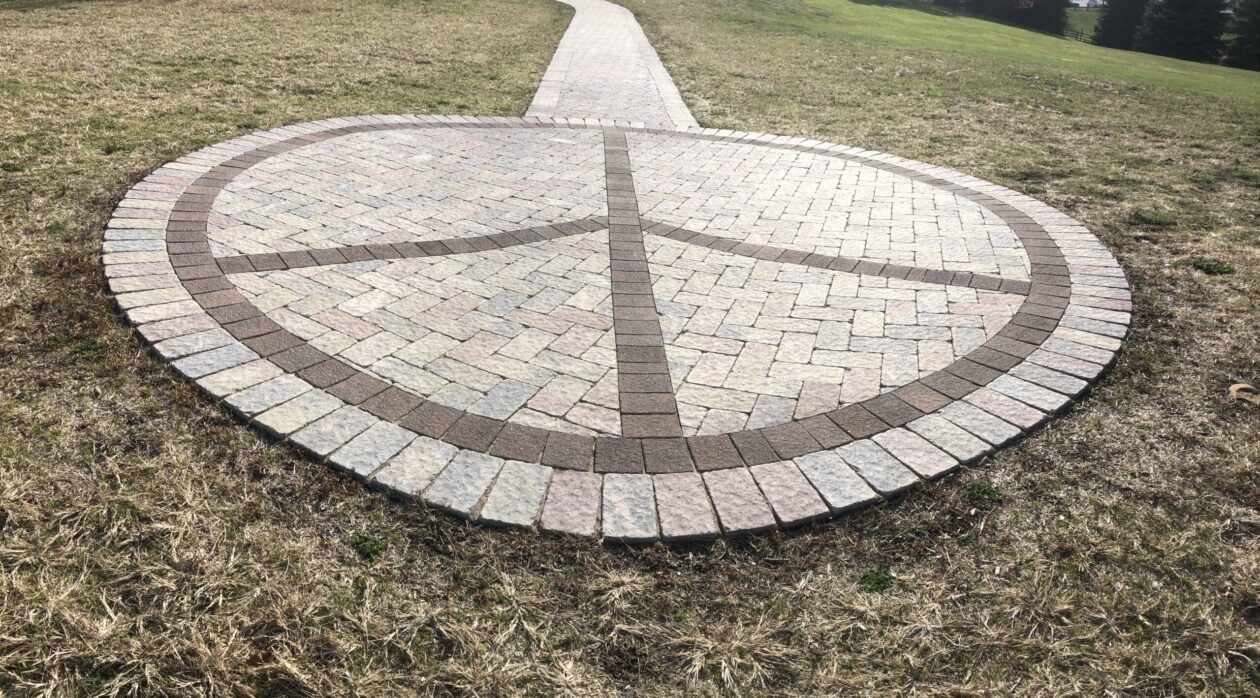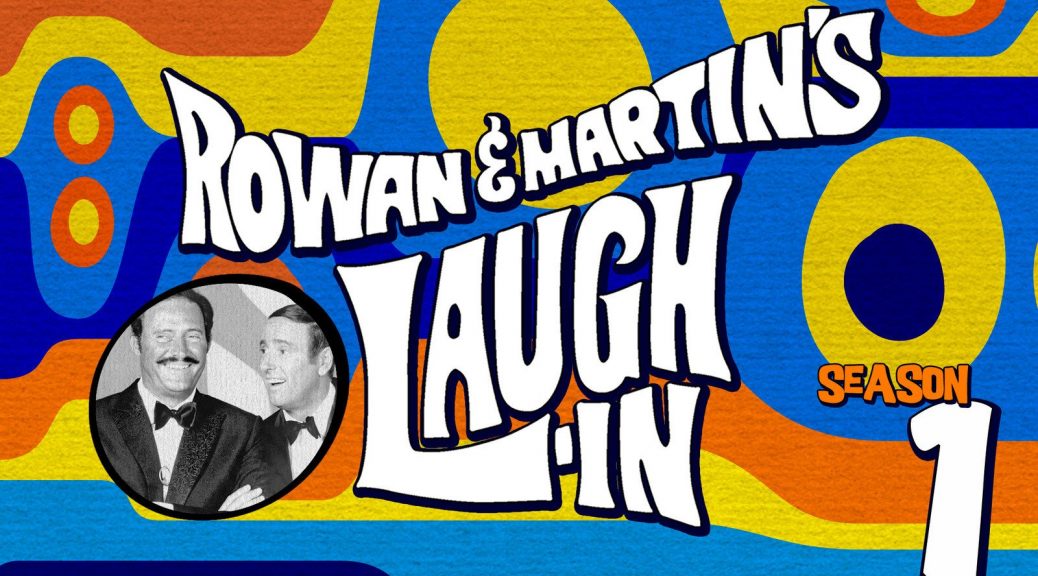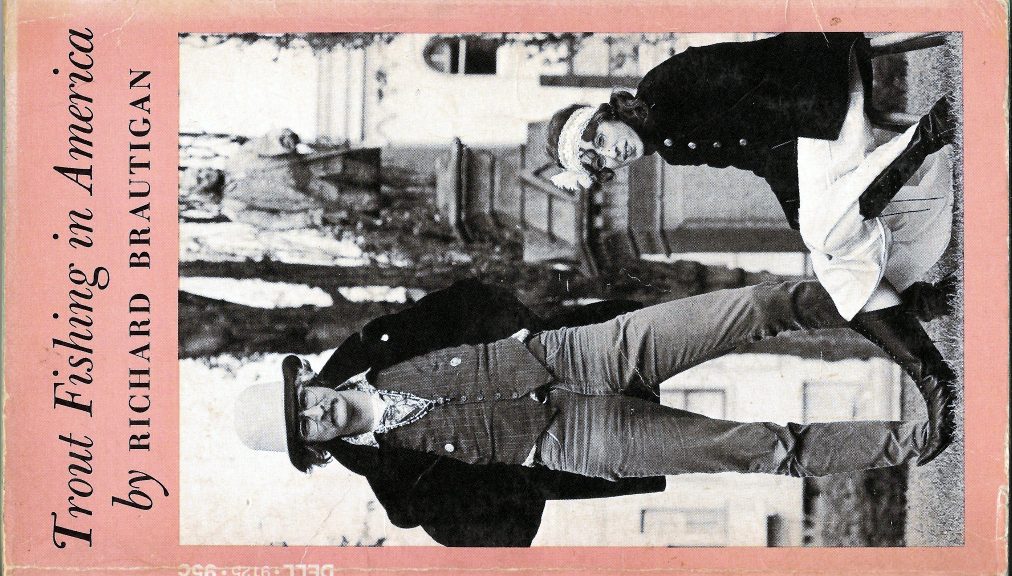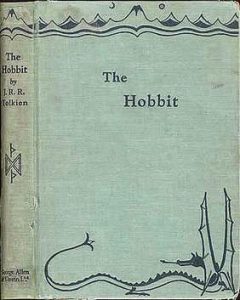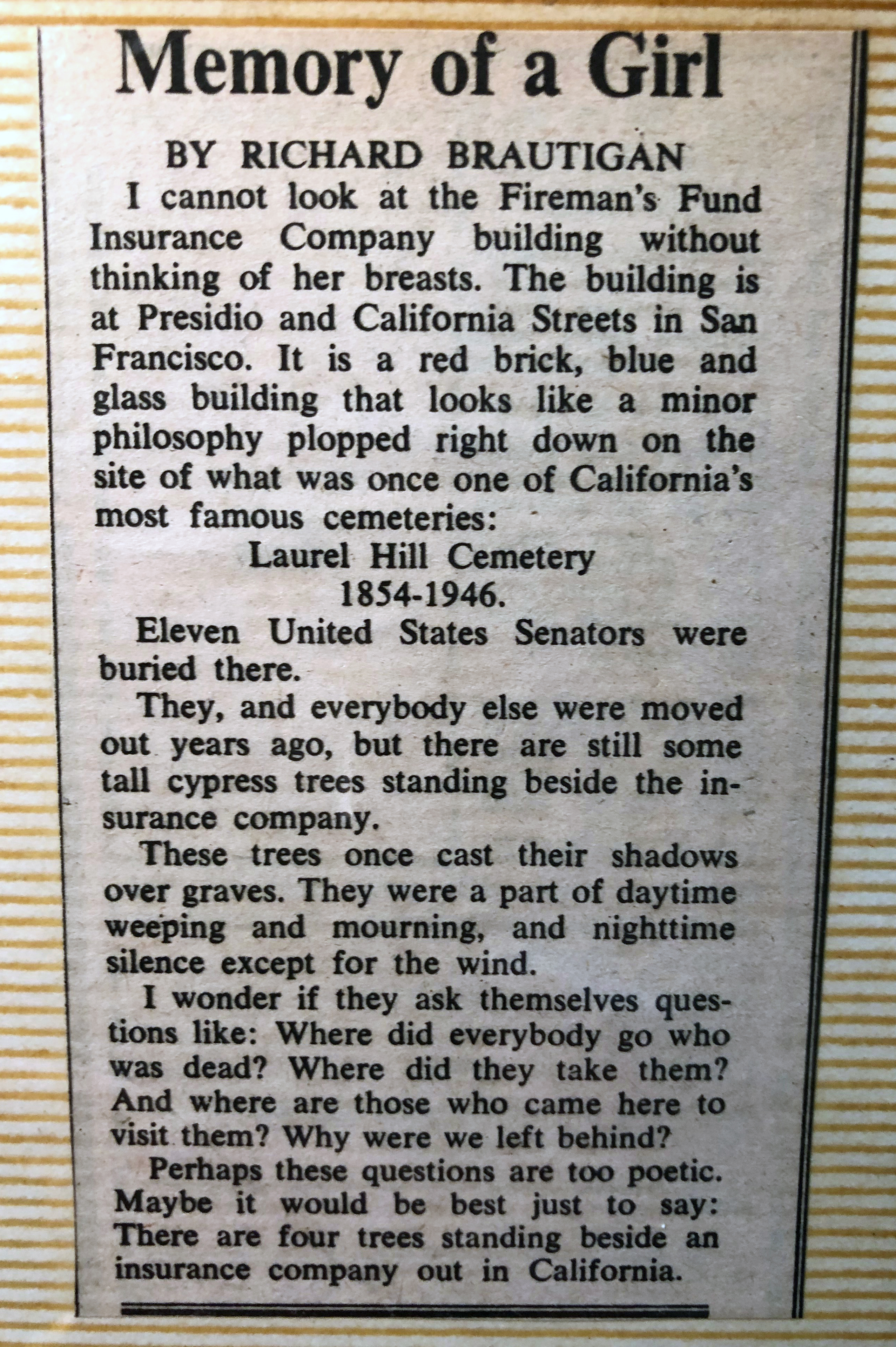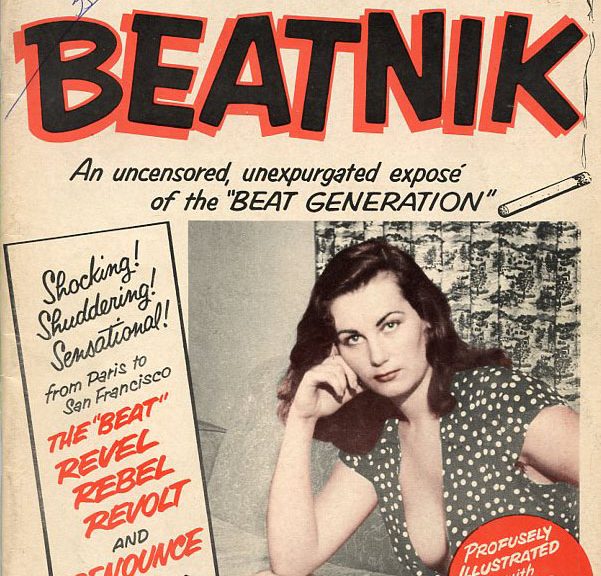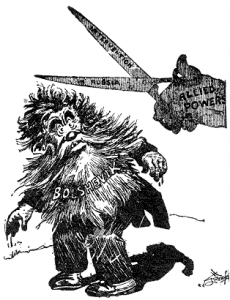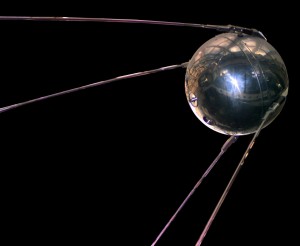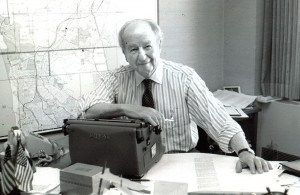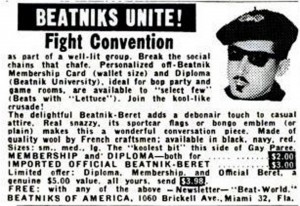1960s Cultural Milestones
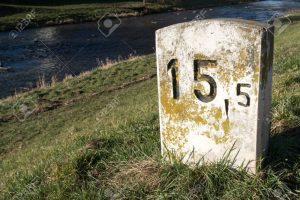
What makes something a “Cultural Milestone” is a subjective decision. I have collected those below, though I’m sure there are many others. Most of these are not technical milestones, the difference being that a technical milestone involves a thing that changes the way we live, whereas a cultural one signals an event that does the same.
Having said that, I do have examples that are both.
I have limited the list to the 1960s, because that is the star around which this blog about Peace, Love, Art, and Activism revolves.
1960s Cultural Milestones
Commerce
Etch-A-Sketch
July 12, 1960: the Etch A Sketch toy went on sale, using electrostatic charge and aluminum powder.
Hula-Hoop
March 5, 1963: the Hula-Hoop, the toy that became a huge fad across America when it was first marketed by Wham-O in 1958, was patented by the company’s co-founder, Arthur “Spud” Melin.
An estimated 25 million Hula-Hoops were sold in its first four months of production alone.
Walmart
July 2, 1962: Sam Walton opened the first Walmart store in Rogers, Ark.
Compact cassette
August 30 – September 3, 1963: Dutch electronics company Philips introduced the compact cassette at the Berlin Radio Show (also known as the German Radio Exhibition or Internationale Funkausstellung).
Its initial function was as a recording device; only later did prerecorded music become available.
Pampers
April 27, 1965: R. C. Duncan was granted a patent for ‘Pampers’ disposable diapers.
Super 8 film
May 1, 1965: after press releases in April, Eastman Kodak Co. introduces its Super 8 film format at a public debut at the International Photography Exposition in New York. One of the main selling points: the plastic cartridge that made loading the film much easier.
Bell-bottoms
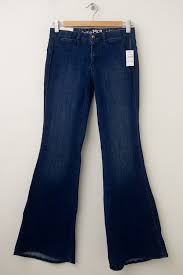 March 11, 1969: Levi-Strauss started selling bell-bottomed jeans.
March 11, 1969: Levi-Strauss started selling bell-bottomed jeans.
1960s Cultural Milestones
Media
Stereo FM
April 19, 1961: the Federal Communications Commission authorized regular FM stereo broadcasting starting on June 1, 1961.
Evening News
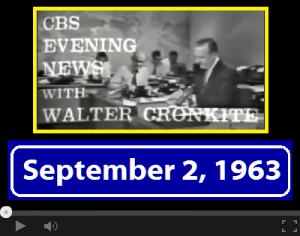 September 2, 1963: “The CBS Evening News” was lengthened from 15 to 30 minutes.
September 2, 1963: “The CBS Evening News” was lengthened from 15 to 30 minutes.
Jeopardy!
March 30, 1964: premiering in a daytime slot on NBC, “Jeopardy!” was one of the first quiz shows to reintroduce factual knowledge, including knowledge of sports and entertainment trivia as well as the arts, literature, and science, as the main source of questions. Seemingly reversing the logic of the big money quiz shows of the 1950s (e.g., “The 64,000 Question,” “Twenty-One”), producer Merv Griffin introduced a format in which the answers for questions are revealed and the contestants must phrase their response in the form of a question.
FM/AM
In July, 1964: the Federal Communications Commission (FCC) adopted a non-duplication rule prohibiting FM radio stations in cities of more than 100,000 people from merely running a simulcast of the programming from their AM counterparts. Stations fought the rule and delayed implementation.
Music synthesizer
October 12 – 16, 1964: Robert A. Moog and Herbert A. Deutsch introduce and demonstrate their music synthesizer at the convention of the Audio Engineering Society in NYC.
Star Trek
September 8, 1966: the TV series “Star Trek” premiered on NBC.
Smothers Brothers
February 5, 1967: the first episode of The Smothers Brothers Comedy Hour airs on CBS. The show pushed the boundaries of what was typically acceptable on television at that time.
Ozzie and Harriet
September 3, 1967: last episode of the TV show The Adventures of Ozzie and Harriet airs on ABC. The show is still the longest running live-action (non-animated like The Simpsons) American sitcom in television history (14 Seasons, 435 Episodes).
The Smothers Brothers
September 10, 1967: the second season of The Smothers Brothers Comedy Show begins with Pete Seeger appearing for the first time in 17 years since his 1950s blacklisting. He sang Waist Deep in the Big Muddy, but CBS dropped the performance when Seeger refused to edit the obviously anti-Vietnam sentiments the old song presented.
Mr Rogers
February 19, 1968: Mister Rogers’ Neighborhood premiered on National Educational Television.
Host Fred Rogers created the half-hour educational children’s television series. It had originated in 1963 as Mister Rogers on CBC Television, and was later re-branded in 1966 as Mister Rogers’ Neighborhood and later Mister Rogers’ Neighborhood on the regional Eastern Educational Network.
2001: A Space Odyssey
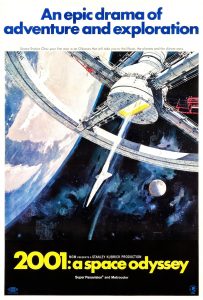 April 2, 1968: the science-fiction film “2001: A Space Odyssey” had its world premiere in Washington, D.C.
April 2, 1968: the science-fiction film “2001: A Space Odyssey” had its world premiere in Washington, D.C.
Laugh-In
January 22, 1968: “Rowan & Martin’s Laugh-In” premiered on NBC. Thanks to an ever-changing cast of regulars including the likes of Dan Rowan, Dick Martin, Arte Johnson, Goldie Hawn, Ruth Buzzi, JoAnne Worley, Gary Owens, Alan Sues, Henry Gibson, Lily Tomlin, Richard Dawson, Judy Carne, the show became the highest-rated comedy series in TV history.
Hee Haw
June 15, 1969: the variety show “Hee Haw” premiered on CBS.
Sesame Street
November 10, 1969: “Sesame Street” made its broadcast debut. The show was the brainchild of Joan Ganz Cooney, a former documentary producer for public television. Cooney’s goal was to create programming for preschoolers that was both entertaining and educational. She also wanted to use TV as a way to help underprivileged 3- to 5- year-olds prepare for kindergarten.
1960s Cultural Milestones
Miscellaneous
National Fallout Shelter Sign
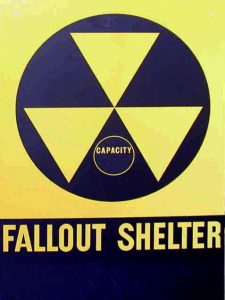 December 1, 1961: a press release by the Department of Defense stated: The National Fallout Shelter Sign will be a familiar sight in communities all over the United States next year. It will mark buildings and other facilities as areas where 50 or more persons can be sheltered from radioactive fallout resulting from a nuclear attack. The sign will be used only to mark Federally-approved buildings surveyed by architect-engineer firms under contract to the Department of Defense. The color combination, yellow and black, is considered as the most easily identified attention getter by psychologists in the graphic arts industry. The sign can be seen and recognized at distances up to 200 feet. The shelter symbol on the sign is a black circle set against a yellow rectangular background. Inside the circle, three yellow triangles are arranged in geometric pattern with the apex of the triangles pointing down. Below the fallout symbol, lettered in yellow against black, are the words FALLOUT SHELTER in plain block letters. Yellow directional arrows are located directly underneath the lettering which will indicate the location of the shelter.
December 1, 1961: a press release by the Department of Defense stated: The National Fallout Shelter Sign will be a familiar sight in communities all over the United States next year. It will mark buildings and other facilities as areas where 50 or more persons can be sheltered from radioactive fallout resulting from a nuclear attack. The sign will be used only to mark Federally-approved buildings surveyed by architect-engineer firms under contract to the Department of Defense. The color combination, yellow and black, is considered as the most easily identified attention getter by psychologists in the graphic arts industry. The sign can be seen and recognized at distances up to 200 feet. The shelter symbol on the sign is a black circle set against a yellow rectangular background. Inside the circle, three yellow triangles are arranged in geometric pattern with the apex of the triangles pointing down. Below the fallout symbol, lettered in yellow against black, are the words FALLOUT SHELTER in plain block letters. Yellow directional arrows are located directly underneath the lettering which will indicate the location of the shelter.
Students for a Democratic Society
June 15, 1962: Students for a Democratic Society issued the Port Huron Statement at the conclusion of a five-day convention in Michigan. The 25,700-word statement “articulated the fundamental problems of American society and laid out a radical vision for a better future“. It issued a nonideological call for participatory democracy, “both as a means and an end“, based on non-violent civil disobedience and the idea that individual citizens could help make “those social decisions determining the quality and direction” of their lives. Also known as the “Agenda for a Generation”, it “brought the term ‘participatory democracy’ into the common parlance”
Manual Enterprises v. Day
June 25, 1962: Manual Enterprises v. Day: The United States Supreme Court ruled that photographs of nude men are not obscene, decriminalizing nude male pornographic magazines.
Zoning Improvement Plan
 July 1, 1963: designed to help speed mail deliveries, the US Post Office put into effect its program to give every mailing address a number. The new system was called “zip code” (Zoning Improvement Plan).. The department mailed 72 million cards to every mailbox in the country. The card informed the addressee of their five-digit “zip code” number and provided a brief explanation of the system.
July 1, 1963: designed to help speed mail deliveries, the US Post Office put into effect its program to give every mailing address a number. The new system was called “zip code” (Zoning Improvement Plan).. The department mailed 72 million cards to every mailbox in the country. The card informed the addressee of their five-digit “zip code” number and provided a brief explanation of the system.
DWI
February 4, 1964: “The Role of the Drinking Driver in Traffic Accidents,” also known as the Grand Rapids Study, was published by Robert F. Borkenstein et al. for Indiana University’s Department of Police Administration. It stated that the probability of accident involvement increased rapidly at alcohol levels over .08 percent and became extremely high at levels over .15 percent. … Drivers with an alcohol level of .06 percent have an estimated probability of causing an accident double that of a sober driver. Drivers with .10 percent B.A.L. are from six to seven times as likely to cause an accident as one with .00 percent alcohol level. When the .15 percent alcohol level is reached, the probability of causing an accident is estimated at more than 25 times the probability for that of a sober driver.
Space Race
July 20, 1969: Americans Neil Armstrong and Buzz Aldrin become the first men to walk on the moon. They then rendezvous with Michael Collins in the command module for the return to Earth.
1960s Cultural Milestones
Artists
Marilyn Monroe
May 19, 1962: Marilyn Monroe performed a sultry rendition of “Happy Birthday” for President John F. Kennedy during a fundraiser at New York’s Madison Square Garden.
Andy Warhol
July 9, 1962: the first one-man exhibition for artist Andy Warhol opens at Ferus Gallery in Los Angeles, consisting of 32 silk-screened portraits of Campbell’s soup cans.
Woody Guthrie
October 3, 1967: Woody Guthrie died of complications of Huntington’s disease.
1960s Cultural Milestones
Counterculture
The Beatles
February 7, 1964: the Beatles arrive in the US and are greeted by thousands of screaming fans at NYC’s Kennedy Airport.
Youthquake
January 1, 1965: Diane Vreeland, Vogue magazine’s editor-in-chief, declared “The year’s in its youth, the youth in its year. Under 24 and over 90,000,000 strong in the U.S. alone. More dreamers. More doers. Here. Now. Youthquake 1965.”
Youthquake became the new fashion style replacing what seemed the staid and traditional syles that Boomer parents had worn.
Hippies
September 5, 1965: San Francisco writer Michael Fallon applied the term “hippie” to the SF counterculture in an article about the Blue Unicorn coffeehouse, where LEMAR (Legalize Marijuana) & the Sexual Freedom League met.
Summer of Love
In July 1967: the Summer of Love in San Francisco.
Doors
September 17, 1967: The Doors appear on The Ed Sullivan Show and perform “Light My Fire”. Sullivan had requested that the line “Girl we couldn’t get much higher” be changed for the show. Jim Morrison agreed, but ended up performing it the way it was written and The Doors are banned from the show.
The Who
September 17, 1966: The Who appeared on The Smothers Brothers Comedy Hour. They played 2 songs, “I Can See For Miles” and “My Generation”. At the end of “My Generation”, Pete Townshend started smashing his amp and Keith Moon had his drum set rigged to explode which did cut Moon’s leg & singed Pete Townshend’s hair, along with doing damage to Townshend’s hearing.
Rosko
October 2, 1967: DJ Rosko of WOR-FM, the first NYC FM station to play rock music, resigned over corporate interference with his choices of music. (”When are we going to learn that controlling something does not take it out of the minds of people?” and declaring, ”In no way can I feel that I can continue my radio career by being dishonest with you.” He added that he would rather return to being a men’s-room attendant.
The Death of the Hippie
October 6, 1967: after many young people left the Haight-Ashbury at the end of a tumultuous, those remaining in the Haight wanted to commemorate the conclusion of the event. A mock funeral entitled “The Death of the Hippie” ceremony was staged on October 6, 1967, and organizer Mary Kasper explained: We wanted to signal that this was the end of it, to stay where you are, bring the revolution to where you live and don’t come here because it’s over and done with. [images]
Hair
Hair/Public Theatre
October 17, 1967: the play, Hair premiered off-Broadway at the Public Theatre and ran for a limited engagement of six weeks. Although the production had a “tepid critical reception”, it was popular with audiences.
Hair/Cheetah
December 22, 1967: Chicago businessman Michael Butler was planning to run for the U.S. Senate on an anti-war platform. He watched the Public Theatre’s production of Hair several times and joined forces with Joe Papp to reproduce the show at another New York venue after the close of its run at the Public.
Papp and Butler first moved the show to The Cheetah, a discothèque at 53rd Street and Broadway. It ran for 45 performances.
Hair/Broadway
April 29, 1968: the rock musical Hair: The American Tribal Love-Rock Musical opened at the Biltmore Theater on Broadway. The inspiration to include nudity came when the authors saw an anti-war demonstration in Central Park where two men stripped naked as an expression of defiance and freedom, and they decided to incorporate the idea into the show. The show featured the songs ‘Aquarius / Let the Sunshine In’, ‘Good Morning Starshine’ and the title song. The production ran for 1,729 performances, closing on July 1st, 1972.
Rolling Stone magazine
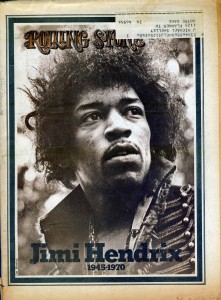 October 18, 1967: the first issue of Rolling Stone magazine released with a cover dated Nov 9 and featuring a photograph of John Lennon in the film How I Won the War.
October 18, 1967: the first issue of Rolling Stone magazine released with a cover dated Nov 9 and featuring a photograph of John Lennon in the film How I Won the War.
Easy Rider
July 14, 1969: the movie Easy Rider premiered.
Woodstock
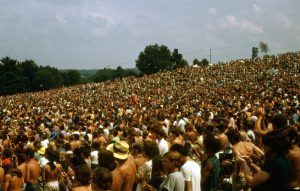
August 15 – 18, 1969: Woodstock Music and Art Fair, Bethel, NY.
1960s Cultural Milestones
1960s Cultural Milestones, 1960s Cultural Milestones, 1960s Cultural Milestones, 1960s Cultural Milestones, 1960s Cultural Milestones, 1960s Cultural Milestones, 1960s Cultural Milestones, 1960s Cultural Milestones, 1960s Cultural Milestones, 1960s Cultural Milestones, 1960s Cultural Milestones, 1960s Cultural Milestones, 1960s Cultural Milestones, 1960s Cultural Milestones, 1960s Cultural Milestones, 1960s Cultural Milestones, 1960s Cultural Milestones, 1960s Cultural Milestones, 1960s Cultural Milestones, 1960s Cultural Milestones, 1960s Cultural Milestones, 1960s Cultural Milestones, 1960s Cultural Milestones, 1960s Cultural Milestones, 1960s Cultural Milestones, 1960s Cultural Milestones,
